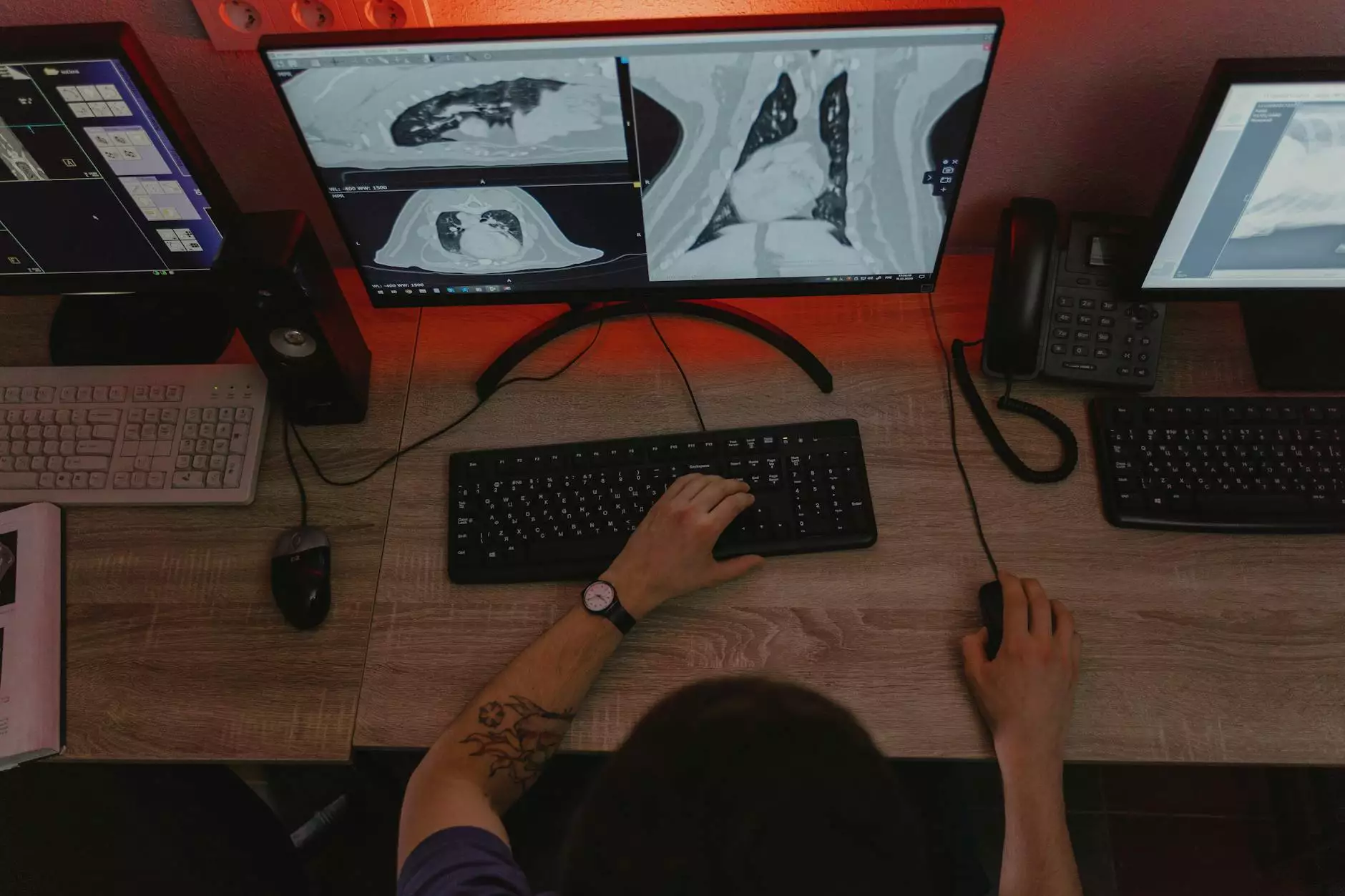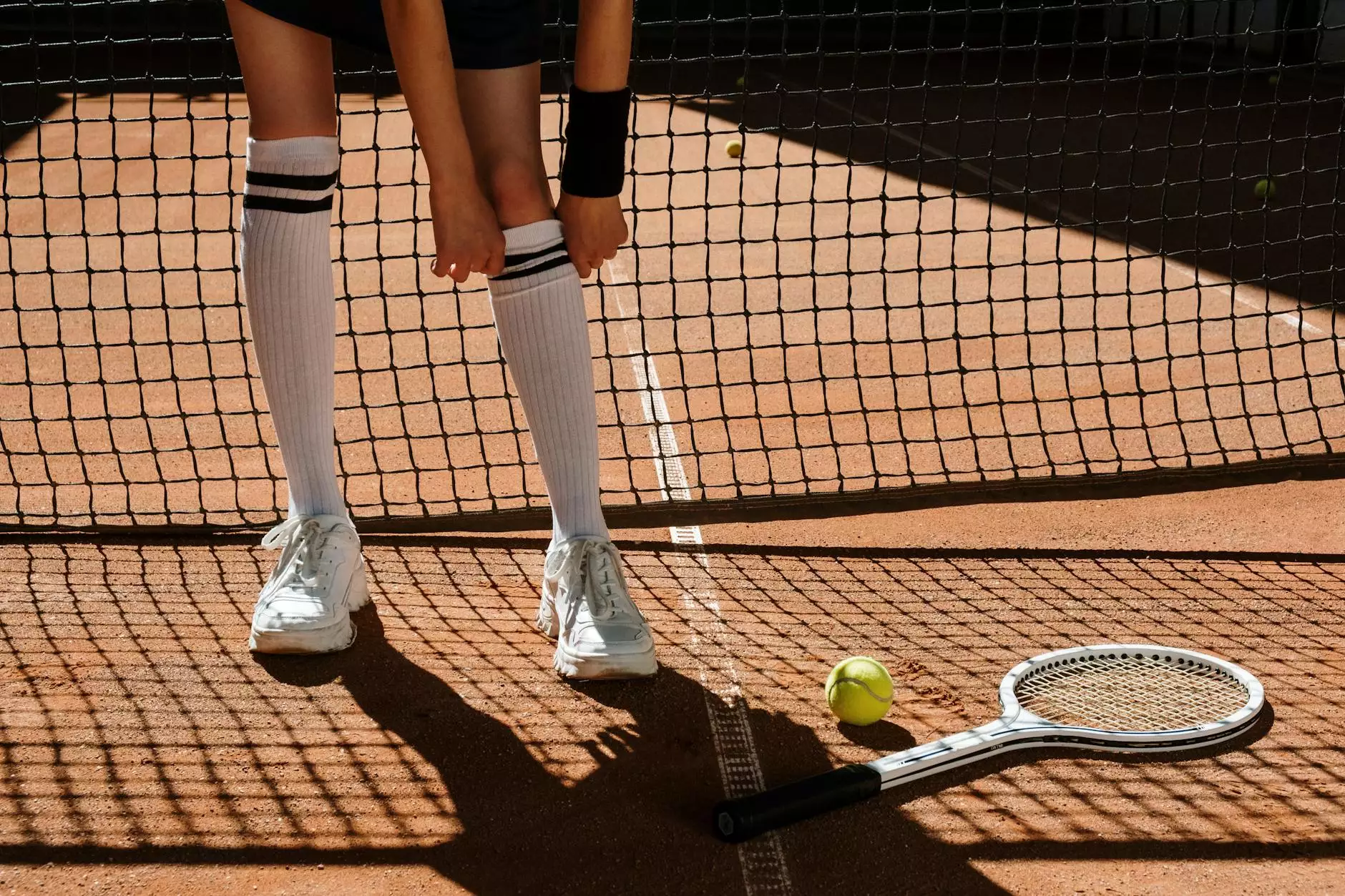Cleaning Dental Instruments - The Key to Successful Dental Practice

Introduction
As dental professionals, maintaining cleanliness and sterilization of dental instruments is of utmost importance. The proper cleaning and disinfection of dental tools play a vital role in preventing the transmission of infections and ensuring the overall safety and well-being of patients. In this comprehensive guide, we will delve into the importance of cleaning dental instruments and provide you with valuable insights on the best practices to follow.
The Significance of Cleaning Dental Instruments
Effective cleaning of dental instruments is the foundation of every successful dental practice. Not only does it promote infection control, but it also extends the lifespan of your equipment and enhances the accuracy and efficiency of dental procedures. By implementing a rigorous cleaning routine, you establish a safe and hygienic environment for both your patients and your dental team.
The Process of Cleaning Dental Instruments
Cleaning dental instruments involves a series of meticulous steps that ensure the removal of organic and inorganic debris, as well as the elimination of harmful microorganisms. Here's a breakdown of the process:
1. Pre-cleaning
Prior to any further cleaning or disinfection, it's crucial to carry out pre-cleaning. This step involves removing any visible debris such as blood, saliva, or other organic matter from the surfaces of the instruments. Pre-cleaning can be done by using a soft brush and a suitable detergent solution.
2. Ultrasonic Cleaning
Ultrasonic cleaning is an effective technique that enhances the cleaning process. It involves placing the instruments in an ultrasonic cleaner filled with an appropriate cleaning solution. High-frequency sound waves create microscopic bubbles in the solution that implode, effectively dislodging and removing any hidden debris from the instruments.
3. Manual Cleaning
Following pre-cleaning and ultrasonic cleaning, manual cleaning is conducted to ensure the thorough removal of any remaining contaminants. This step may involve using a brush and a specialized instrument cleaning solution to clean hard-to-reach areas.
4. Drying and Packaging
Once the cleaning process is complete, the instruments should be thoroughly dried to prevent the growth of bacteria. After drying, they should be properly packaged, maintaining their sterilized state until their next use.
Best Practices for Cleaning Dental Instruments
To achieve optimum results and uphold the highest standards of infection control, it's vital to follow these best practices for cleaning dental instruments:
1. Adhere to Manufacturer's Instructions
Each dental instrument has specific cleaning requirements outlined by the manufacturer. Ensure that you are well-versed in these instructions and follow them meticulously to maintain the integrity and functionality of your instruments.
2. Use High-Quality Cleaning Solutions
Investing in high-quality cleaning solutions is essential to achieve thorough cleaning and disinfection. Look for solutions with proven efficiency and compatibility with different types of instruments and materials.
3. Separate and Sort Instruments
Proper separation and sorting of instruments before cleaning help prevent damage and ensure each instrument receives adequate cleaning. Segregate delicate instruments from those with sharp or cutting edges to avoid any potential harm or dulling of blades.
4. Train and Educate Staff
Continuous training and education of your dental team on proper instrument cleaning techniques are instrumental in maintaining consistency and efficiency. Regularly review protocols and provide updates on any advancements in cleaning technologies or best practices.
Importance of Regular Maintenance and Inspection
Beyond the routine cleaning process, establishing a comprehensive maintenance and inspection schedule is paramount for long-term success. Regularly inspecting your dental instruments for any signs of wear, damage, or malfunction ensures that they continue to perform optimally and minimizes the risk of cross-contamination.
Conclusion
Cleaning dental instruments is far more than a mundane task in the daily routine of a dental practice. It is a critical aspect that directly impacts the quality of care provided to patients. By prioritizing thorough cleaning and sterilization, dental professionals can create a safe and hygienic environment that promotes optimal oral health and instills confidence in their patients. Remember, the key to a successful dental practice lies in the meticulous cleaning of dental instruments.









